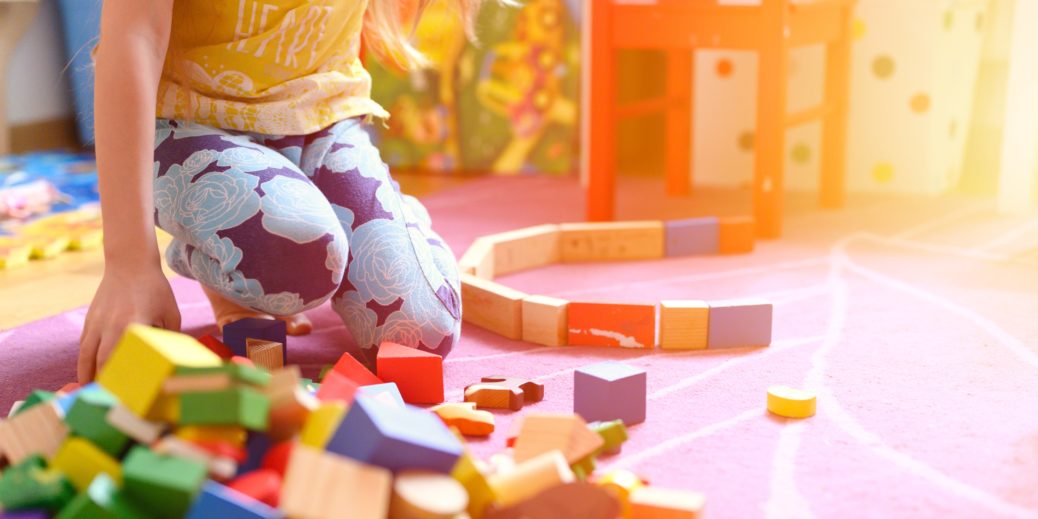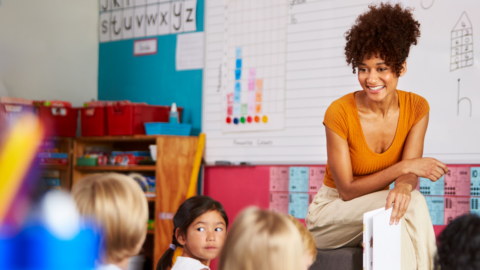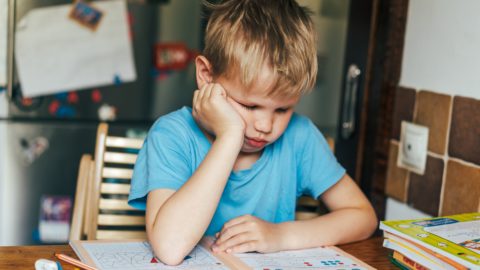*Originally published on Becker’s Insights on Early Learning blog
Play matters! In fact, it’s perhaps the most essential element of children’s learning. Play is crucial to brain development as well as the health and well-being of early learners. It fosters physical, emotional, social, and cognitive skills while cultivating creativity and inspiring imagination.
It reduces stress. It combats childhood obesity. It improves self-confidence and self-esteem. It expands students’ vocabularies. It naturally reinforces academic skills. And the list goes on!
Why, then, has play become an afterthought in so many academic settings today? Early childhood classrooms, sadly, are becoming all work and no play.
The pressures of high-stakes testing have trickled down to kindergarten and even pre-kindergarten classrooms, resulting in a notable decline in unstructured playtime. Teachers report that their strict schedules and crowded curriculums simply don’t allow for it. And regrettably, early learners are playing more and more in virtual worlds than in their real one.
This needs to change! And fast!
Here are six strategies for embedding play within the instructional day:
- Morning Tubs: Rid the worksheets! Rather than having students complete some sort of pencil/paper activity upon arrival, set out tubs of materials/manipulatives that allow children to explore, create, and communicate. My morning tubs include items such as Snap Cubes, Dominos, Jungle Animal Counters, Play-Doh, Melissa & Doug Wooden Jigsaw Puzzles, and Alphamagnets. The only direction students are given is to be respectful to their things and each other. And you know what’s awesome? Academic skills/concepts from the curriculum just come pouring out…organically!
- Brain Breaks: Incorporate movement, yoga, and/or mindfulness activities throughout the instructional day to re-energize and refocus students. I get the students dancing/exercising every day. We play quick games in between learning activities such as student-led “Simon Says.” We often imitate animals. We also do a variety of movement and mindfulness activities on GoNoodle.com. Check out my post 30 Brain Break Clips: Fight the Fidgeting, too. Students need opportunities to release and channel their energy for good!
- Dramatic Play: There are endless play-based ways to reinforce learning via role-playing, readers’ theater, poetry performances, puppet shows, etc. Give students access to props and costumes (love Dexter’s Dress Ups and My 1st Career Dress-Up Set) and let them get to “work.” The key is letting the students take the lead. Their productions will wow you!
- Exploration Station: Designate a space and time(s) in your classroom for students to further explore their learning. Teaching about springtime? Set out blossoms, budding leaves, and dandelions for hands-on inquiry. Teaching about dinosaurs? Display plastic dinosaur figurines for pretend play. This area is a great place for sensory experiences also!
- Outdoor Learning: Let students interact with their natural world whenever possible. Students need to make real-world connections to topics of study plus fresh air, Vitamin D, and movement is good for the soul. See my previous article Outdoor Learning: Let’s Take It Outside for more ideas.
- MakerSpace: Collect lots of “stuff” that students can use for creating. Have parents send in items like old shoe boxes, newspapers, toilet paper rolls, etc. Rather than having students carry out the next cutesy, step-by-step Pinterest fail, relinquish control and let them figure out a way to collaboratively demonstrate their learning. This will foster S.T.E.A.M. and mean more anyway.
How do you promote play in school? And, do you ever let yourself play? There are benefits for adults, too!









